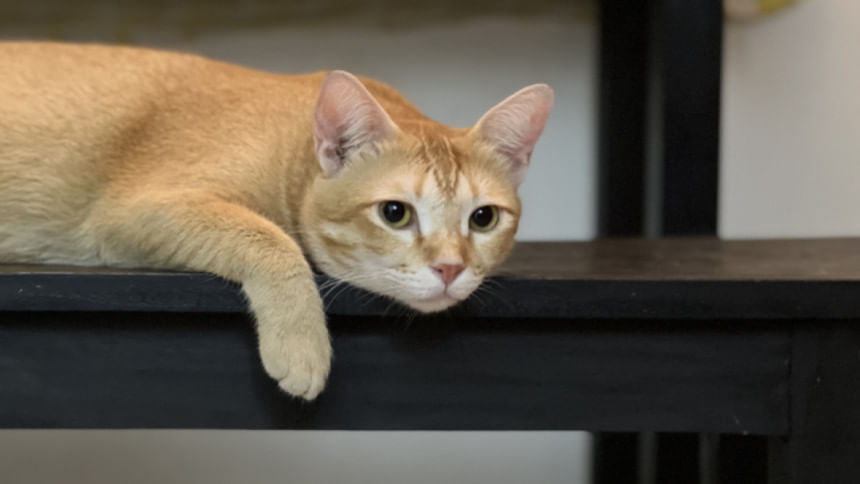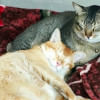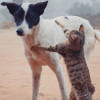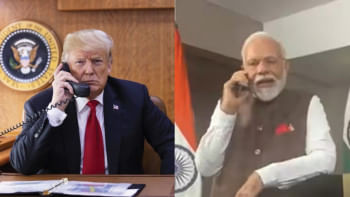A ‘pawsitive’ step: Using gene testing to improve cats’ health

The concept of adopting cats in Bangladeshi households are becoming increasingly popular. Although loved and adopted by thousands, we often forget that, like us, they too carry an invisible blueprint of genes that influences their health and well-being. According to the Online Mendelian Inheritance in Animals (OMIA) database, more than 200 gene mutations have been documented in domestic cats. Many of these mutations are inherited across generations, sometimes causing serious diseases or physical traits that quietly affect a cat's quality of life.
In Bangladesh, most cats, strays or pets, come with no pedigree records and no way to trace their ancestry. When someone adopts a stray kitten or takes in a mixed-breed cat, they have little idea of its genetic makeup. Hidden defects, missing or extra chromosomes, or mutations may remain undetected, only to surface later in the cat's life or pass unknowingly to future litters.
A domestic cat has 19 pairs of chromosomes, which can be photographed and studied through a process known as karyotyping. In humans, karyotyping is routinely used in Bangladesh to detect genetic defects. Although the Molecular Genetics Lab at Chattogram Veterinary and Animal Sciences University (CVASU) is equipped for such work, no clinic in the country currently has this facility. Without screening, veterinarians and owners remain blind to potential hereditary disorders.
Some of the most serious feline conditions are inherited. Polycystic Kidney Disease (PKD) causes cysts to grow in the kidneys, leading to the organ's failure. It is especially common in Persian cats and their mixes. Hypertrophic Cardiomyopathy (HCM) is another such disease; in fact, it is the most common heart problem in cats. In this disease, the heart muscle grows abnormally thick and fails to pump efficiently. Cats may appear healthy until the condition suddenly worsens. Progressive Retinal Atrophy slowly destroys vision, leaving cats blind. Rare metabolic disorders can cripple a cat's ability to break down substances in the body, causing tremors, weakness and often early death.
Other abnormalities include trisomy, where an extra chromosome results in birth defects or short lifespan; Turner syndrome, in which female cats with a single X chromosome suffer infertility and growth issues; and cancers such as lymphoma, one of the most common malignancies in cats.
A scientific tool for welfare
The word "eugenics" carries a grim history in human contexts, but in animals, the science can be redirected for welfare. Cat geneticist Prof Leslie Lyons of the University of Missouri in the US has argued that mapping the full cat genome will provide veterinarians with powerful diagnostic tools to identify defects before they cause suffering.
Used responsibly, karyotyping and genetic testing can help prevent the spread of painful or lethal conditions, ensuring that cats, whether pets or rescues, have a better chance at healthy lives. The point is not to create "designer cats" but to understand and reduce unnecessary suffering. If cat karyotyping and genetic testing were introduced into mainstream veterinary practice, it could improve overall animal health and strengthen the pet industry.
Building public awareness requires joint efforts among veterinarians, animal geneticists, and policymakers.
Genetic problems are not limited to domestic cats. Tigers, lions, cheetahs and leopards also carry the risk of inherited disorders. In small or captive populations, inbreeding narrows the gene pool, making the emergence of harmful traits more likely. At Chattogram Zoo, a four-year-old tiger named Tuni was born with "club feet," a condition that makes walking difficult. No genetic testing was done for Tuni's parents, and inbreeding is suspected. Though Tuni has adapted, she still struggles to walk and remains under the care of the zoo curator, Dr Shahadat Hossain Suvo. Her case is a stark reminder that careless breeding in conservation settings can harm, rather than protect, endangered species. Genetic screening in zoos and sanctuaries is not about producing more cubs; it is about ensuring that any breeding undertaken for conservation does not worsen the problem by amplifying hidden defects.
The role of responsible ownership
For ordinary cat owners, the most effective step remains simple: spay or neuter your pets. Uncontrolled mating spreads unknown defects and worsens the already severe stray overpopulation crisis. Neutering and spaying are not just population control measures; they are acts of genetic responsibility.
Even if breeding is not in question, a basic veterinary health check can reveal inherited conditions early, now that molecular tools for testing are available.
Owners should also keep health records for their cats. If a hereditary disease emerges, sharing that information with vets, shelters, and communities helps others learn and avoid repeating mistakes. Pet shops and adoption centres also have a responsibility to collect and share as much health history as possible, rather than treating animals as blank slates.
Ensuring feline welfare in Bangladesh will require more than just technology. It demands awareness among owners, veterinarians, rescue groups, and policymakers. Advanced labs like those at CVASU have the expertise and tools, but they remain underutilised. Until karyotyping and genetic testing are integrated into routine veterinary care, cats will continue to suffer from preventable hereditary diseases.
Every adoption, every rescue, every household pet carries a genetic story. Some of those stories may be tragic, like Tuni's, but others can be rewritten if we choose science, compassion and responsibility over ignorance or neglect.
Prof AMAM Zonaed Siddiki is team lead of the Genomics Research Group at Chattogram Veterinary and Animal Sciences University (CVASU). He can be reached at [email protected].
Nanziba Nawar is an animal conservationist based in Chattogram. She can be reached at [email protected].
Views expressed in this article are the authors' own.
Follow The Daily Star Opinion on Facebook for the latest opinions, commentaries and analyses by experts and professionals. To contribute your article or letter to The Daily Star Opinion, see our guidelines for submission.

 For all latest news, follow The Daily Star's Google News channel.
For all latest news, follow The Daily Star's Google News channel. 








Comments